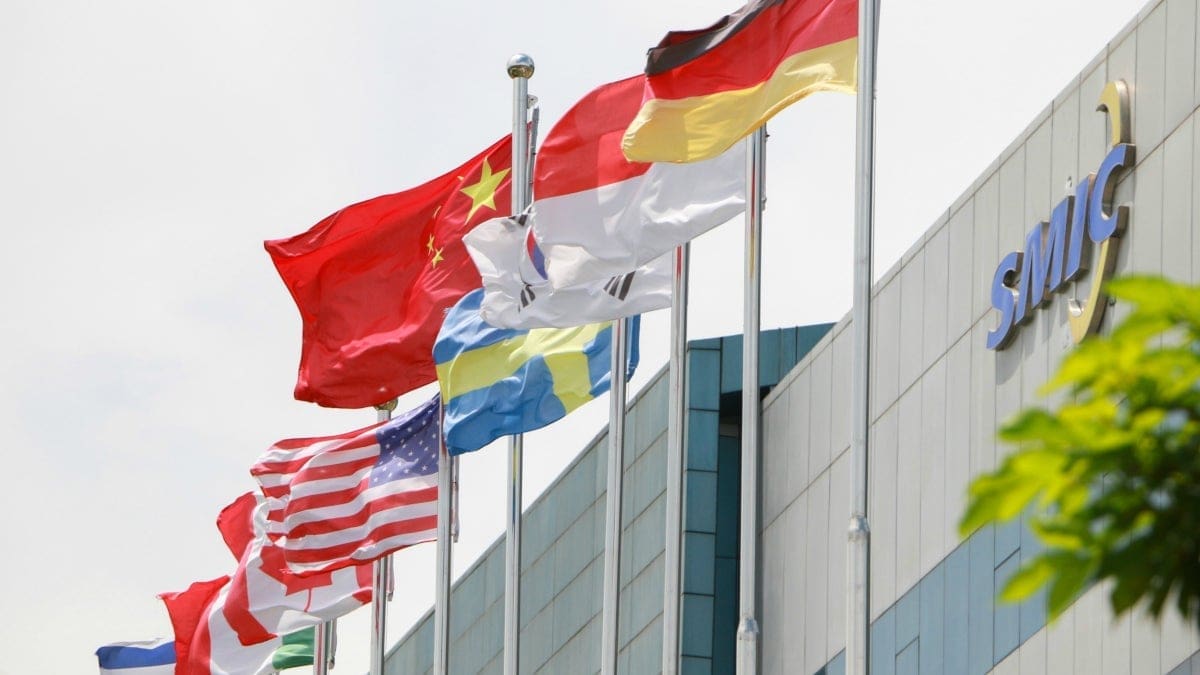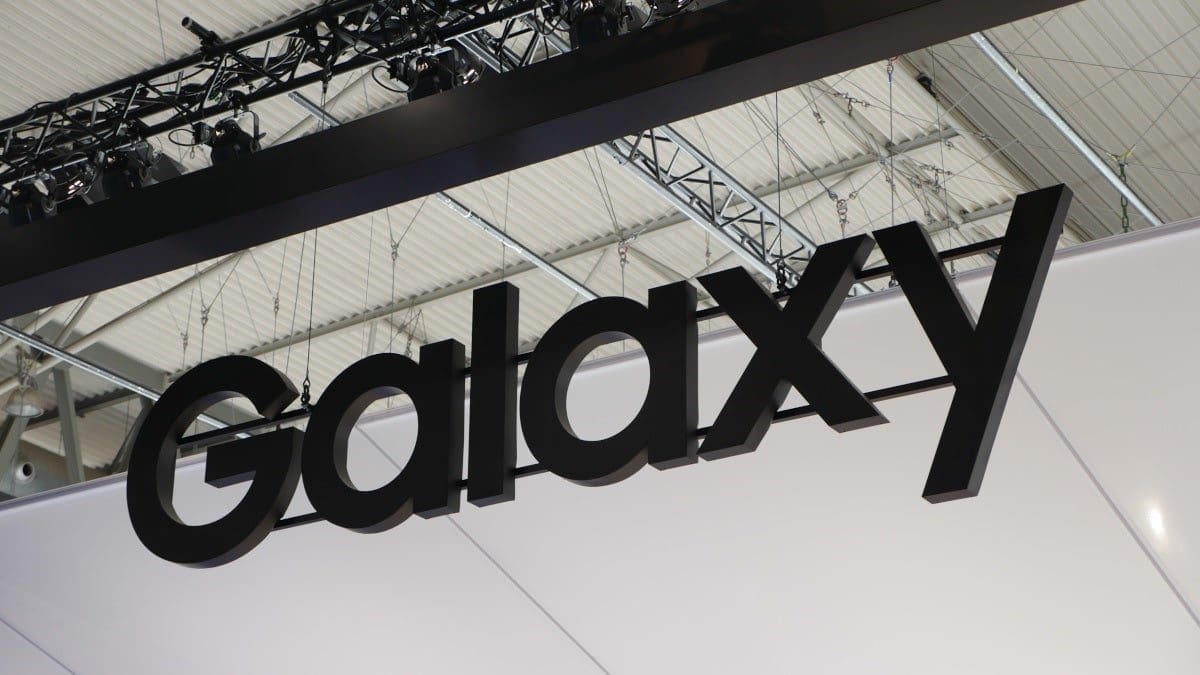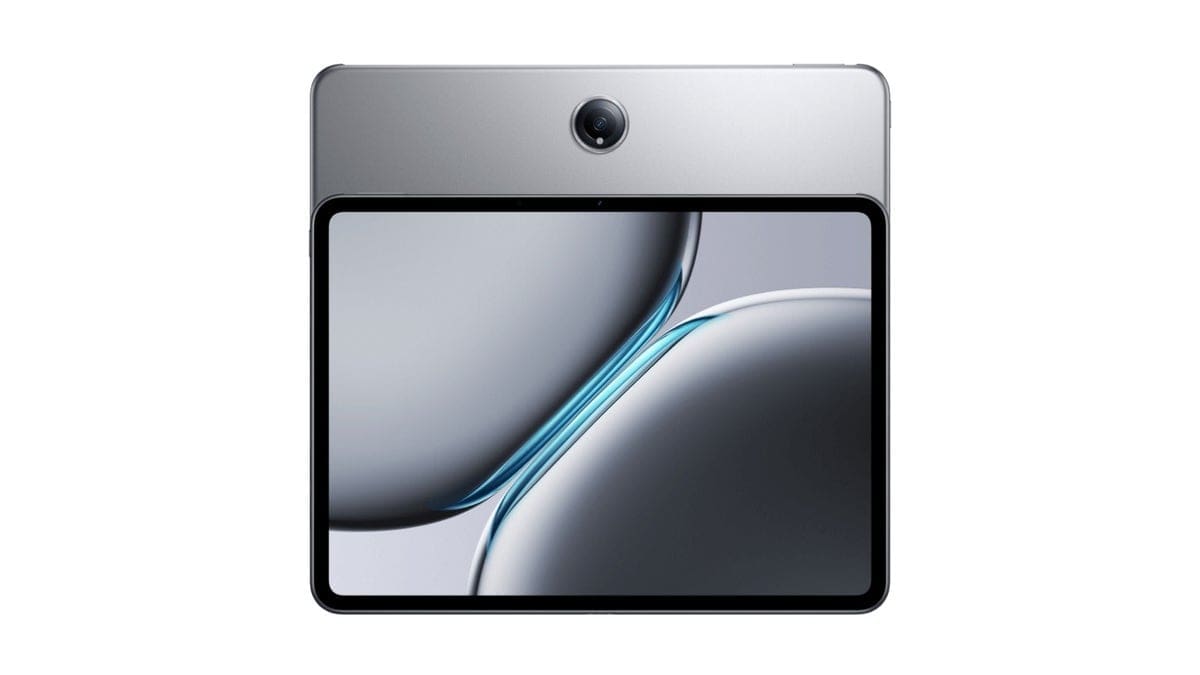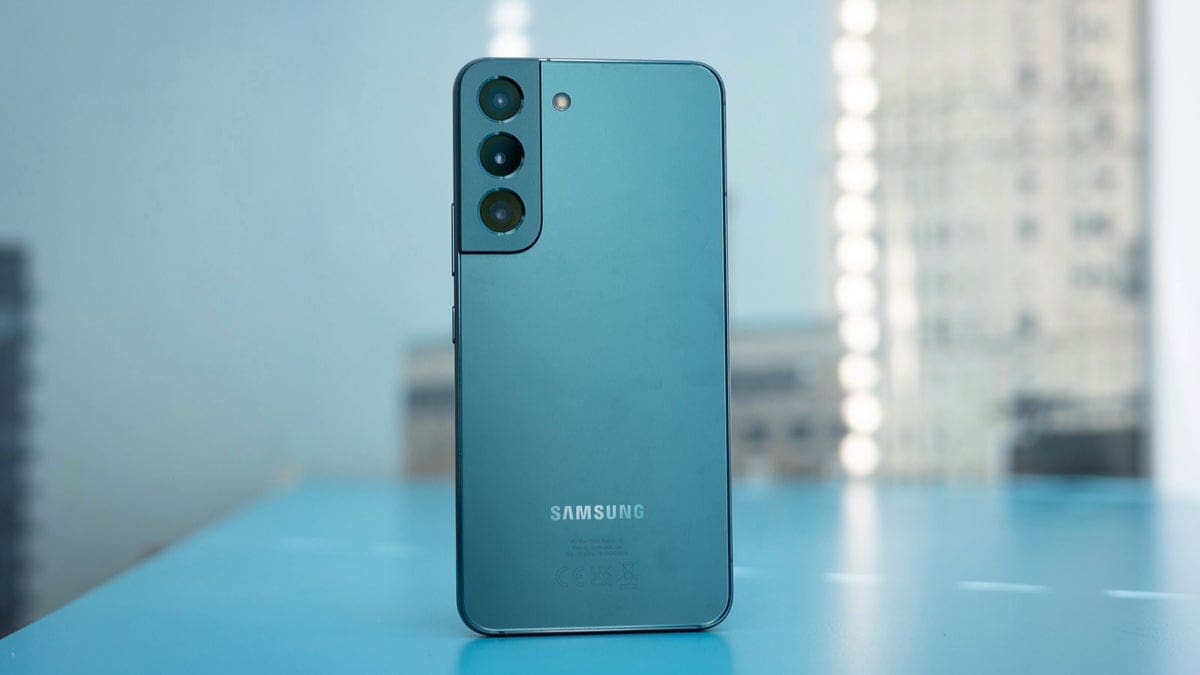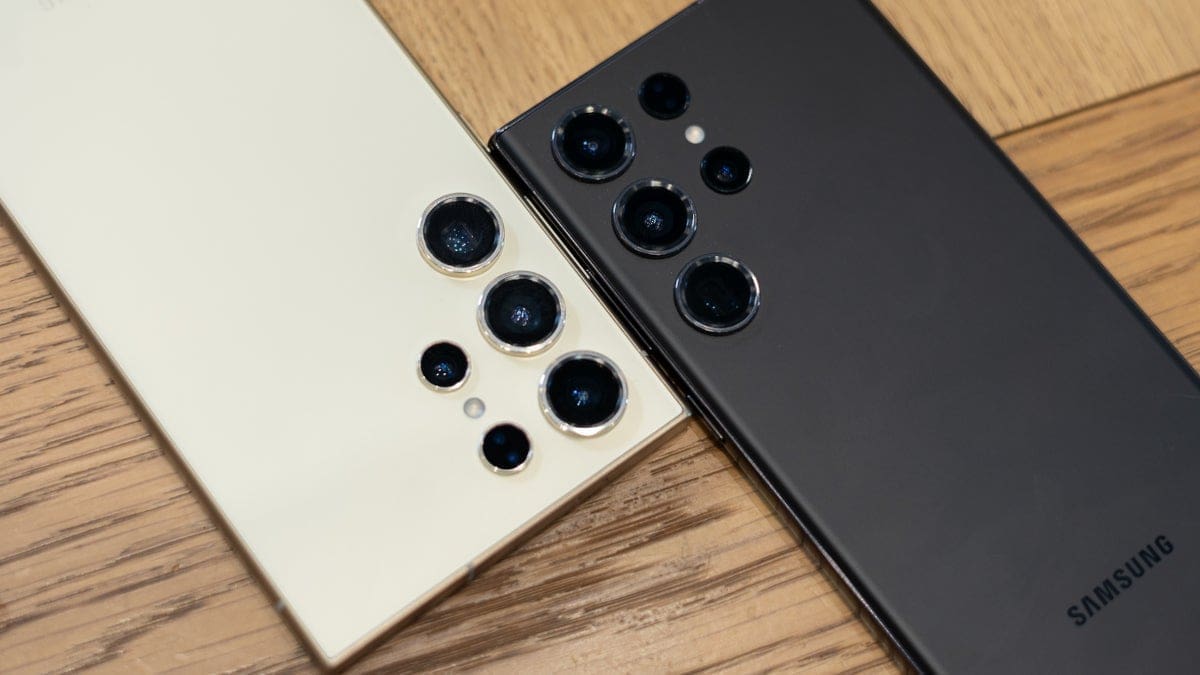SMIC, China’s largest foundry and the third-largest globally after TSMC and Samsung Foundry, played a crucial role in Huawei’s ability to offer a flagship phone with 5G support in 2020. Despite facing challenges due to U.S. sanctions and restrictions from the Dutch government, SMIC continues to innovate using its 7nm process node.
The absence of an EUV lithography machine, essential for cutting-edge chip manufacturing, poses a significant hurdle for SMIC. However, the use of an older DUV lithography machine has allowed SMIC to produce chips like the Kirin 9000s and 9010. While these chips may not match the latest offerings from competitors like Apple and Qualcomm, SMIC’s N+2 process has helped enhance transistor density.
There are speculations that SMIC could potentially develop a 5nm chip for Huawei’s upcoming Mate 70 flagship line. This move would bring Huawei closer to TSMC and Samsung Foundry’s advanced chipsets. However, utilizing DUV lithography for 5nm chips might increase production costs significantly compared to TSMC’s offerings.
To address these challenges, SMIC could leverage its N+3 technology to enhance transistor density on future chips like the rumored Kirin 9100. This approach could lead to more powerful and energy-efficient processors even if production remains at the 7nm node.
Recent reports suggest that SMIC’s 5nm production is exceeding expectations in terms of energy efficiency. This positive development may encourage SMIC to continue refining its manufacturing processes with DUV lithography. Even if pricing challenges persist, Huawei could still benefit from improved application processors for its Mate 70 series.
Overall, SMIC’s efforts in advancing chip manufacturing technologies demonstrate its commitment to innovation despite facing obstacles in acquiring cutting-edge equipment. The potential improvements in energy efficiency and performance signal promising developments for future Huawei devices powered by SMIC-produced chips.

